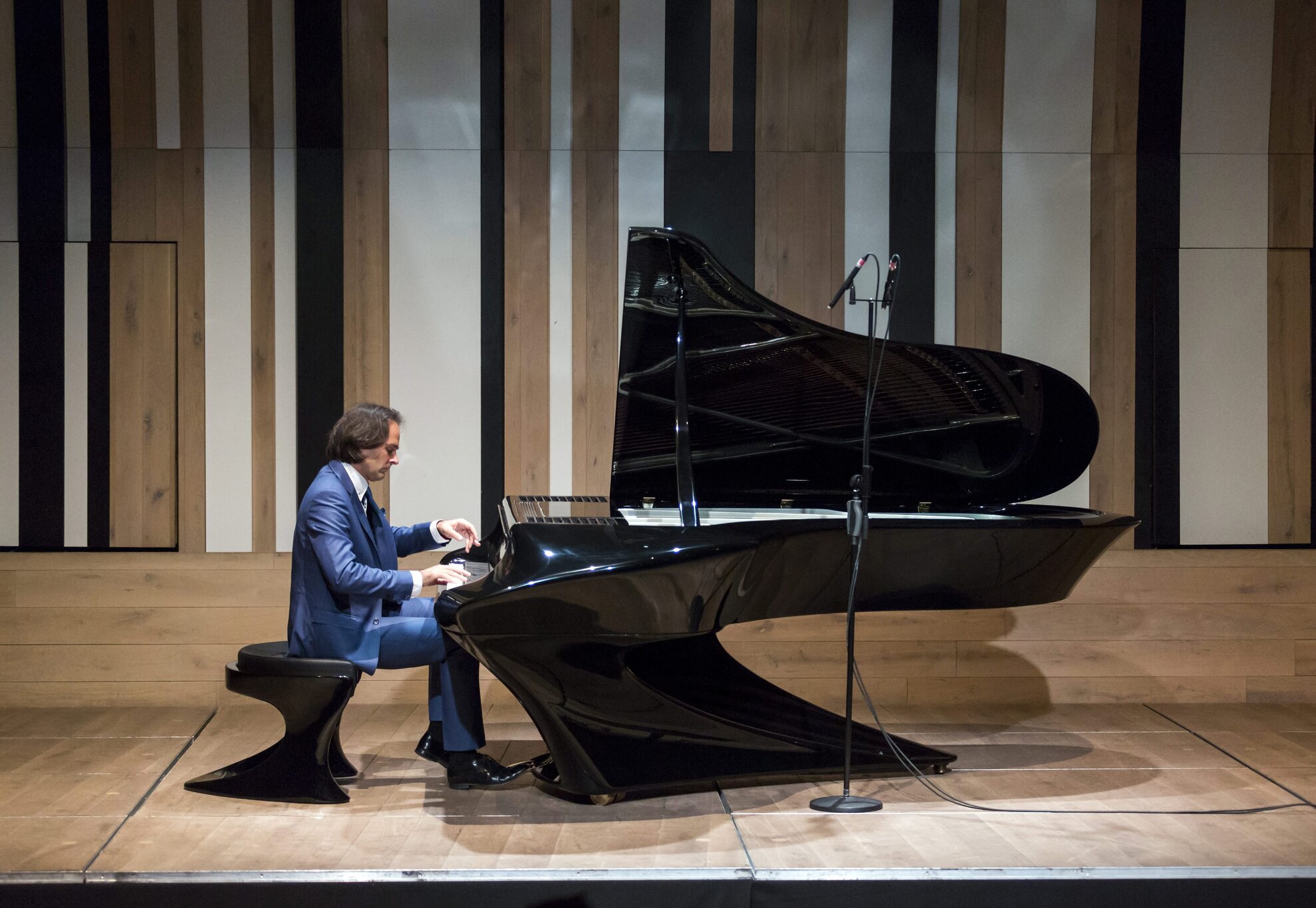The new, Hungarian-developed grand piano - a unique creation both in sound and appearance, was made based on the unique idea of Gergely Bogányi together with his friends, and engineering and construction experts.
Its extraordinary appearance was inspired by music itself, with alternating convex and concave surfaces. The end result is something dynamic and alive instead of the static table-like form of traditional pianos.
Bogányi Grand Piano from Nebula Studios on Vimeo.The creators did not break away from tradition completely. The piano is rooted in composer Franz Liszt’s traditions, but points towards the future. Via the design, the goal was to achieve strong, clear sounds and a rich overtone system. The creators of the Bogányi piano also took one of the basic requirements of modern musical instruments - durability - into account. Therefore, the instrument’s soul is made from carbon composite instead of resonant wood, which makes it more resistant to environmental influences. This also allows for the sounds to be sustained for a longer period. These sounds are also much clearer because of the use of this special material.

The number of legs also plays an important role: the piano has two legs instead of the usual three. This is very important for the acoustics.
Because of this innovation, the left leg directs the sound toward the audience; sound that would otherwise be lost. This means that the music spreads not only upwards, but downwards as well, thereby improving the concert experience.

The newly designed piano has great importance for Hungarian culture, and it's very special that such an innovation was made here in Budapest. The next step is further manufacturing and, naturally, to sell the piano. It has already received international press coverage, for example in The Guardian, but like any item of such scale it comes with a hefty price tag - its estimated value is 200,000 euros.




